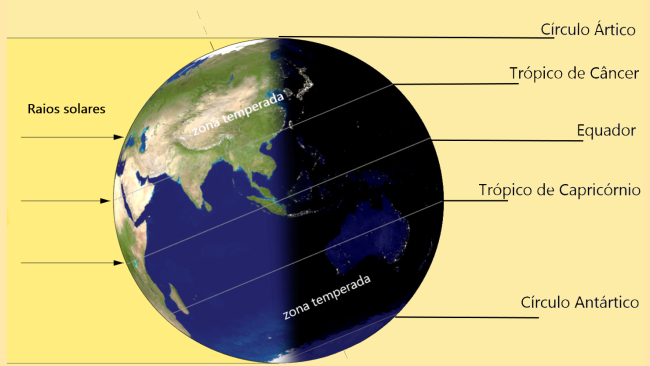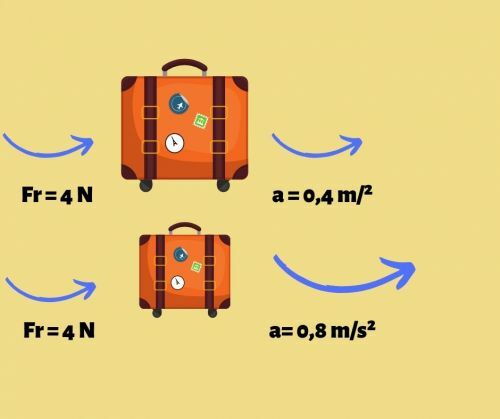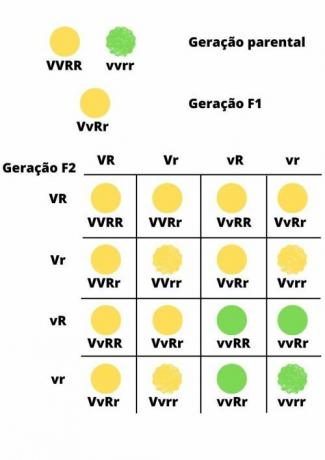In biology, diffusion is the passive transport of solutes from molecules (such as oxygen, glucose and others) across the plasma membrane.
In this process of cell diffusion, a substance tends to move from a more concentrated (hypertonic) to a less concentrated (hypotonic) area. This entire process is passive, because there is no energy wasted, and its purpose is equalize concentrations, depending solely on its concentration gradient.

Cell diffusion is necessary in the human body for the absorption of digested nutrients, for exchange gases, the movement of hormones, in addition to participating in almost all developmental processes embryonic.
For this whole process of equalizing the concentration to happen, two types of diffusion can occur:
- The simple diffusion, one in which the solute does not need facilitators to pass through the membrane and,
- The facilitated diffusion, when the solute passes through the membrane with the aid of a protein.
What is simple diffusion?
It is the process in which the solute moves directly across the plasma membrane, from the more concentrated medium to the less concentrated one,
without the help of transporter proteins.Simple diffusion example
The most common example of simple diffusion is the breathing. It involves the diffusion of gases (oxygen and carbon dioxide) into and out of the blood.
In the lungs, carbon dioxide diffuses from the blood to the air in the lung alveoli, and red blood cells bind oxygen, which diffuses from the air into the blood, as shown in the image below.
Oxygen and other nutrients in the blood are transported to tissues where gases and nutrients are exchanged.
Carbon dioxide and wastes diffuse from tissue cells into the blood, while oxygen, glucose and other nutrients in the blood diffuse into the body's tissues. 
What is facilitated diffusion?
In facilitated diffusion, the solute moves from the more concentrated medium to the less concentrated medium with the help of facilitating proteins.
These enzymes are called permease (or ion channel) or carriers, those that transform their layer to be able to carry the solute to the less concentrated medium.
Some examples of carrier enzymes are carbohydrates, amino acids, vitamins and some ions such as sodium and potassium.
Through the use of ion channel proteins and transporter proteins incorporated in the cell membrane, these substances can be transported to cells, for example. When the transaction is Once the transaction is completed, the proteins return to their original position.
Example of facilitated diffusion
One of the most common examples of facilitated diffusion is the transport of glucose from the extracellular medium (outside the cell) to the intracellular medium (inside the cell).
As the amount of glucose is found in greater numbers in the blood, that is, outside the cells, diffusion has for the purpose of equalizing the concentrations in the intracellular environment, using proteins to do this transport.

What is the difference between simple diffusion and facilitated diffusion?
The main difference between simple and facilitated diffusion is the way molecules are transported across the membrane.
| SIMPLE BROADCAST | FACILITATED DIFFUSION |
|---|---|
| Transports solute directly through the membrane phospholipid bilayer | Transports the solute with the help of some facilitating protein |
| Occurs with small, non-polar particles | Occurs with large, polar particles |
This difference happens because the plasma membrane is formed by a phospholipid bilayer. So, when a certain substance manages to pass through this bilayer without the help of a facilitator, it is considered fat soluble, also called hydrophobic.
However, there are many substances that are water soluble, also known as hydrophilic or lipophilic. In this case, the molecules are water soluble, that is, they are polar molecules and, therefore, they need a non-polar transporter (the protein) to pass through the membrane.
This facilitating protein has an internal polar structure, which allows the passage of substances polar structures and an external non-polar structure, which allows the solute to pass through the membrane without to dissolve. This is the case with facilitating diffusion.
Diffusion and Osmosis
In osmosis, the direction of water flow is determined by the solute concentration. Unlike simple and facilitated diffusion, water here diffuses from a hypotonic solution (low solute concentration) to a hypertonic solution (high solute concentration).
See more about the meaning of Osmosis.



